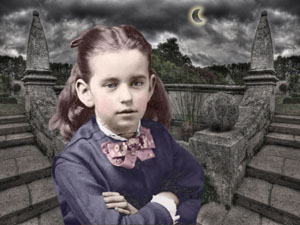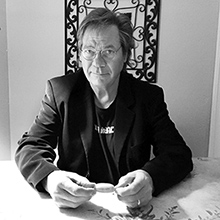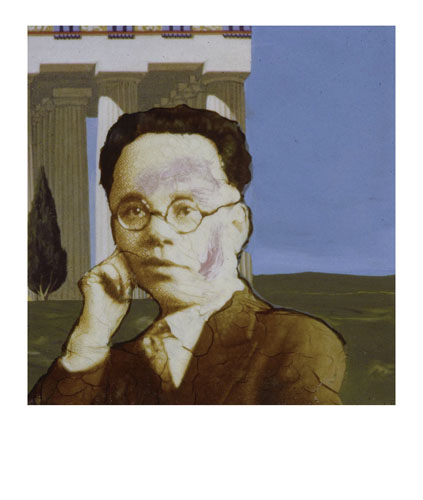Lightroom and Digital Photography with John Reuter at Palm Beach Photographic Centre

Lunar Eclipse ©2010 John Reuter
Description
Since its inception Lightroom has been a program designed to get the most out of digital cameras. While Photoshop continues to be the program of choice for photographers, designers, illustrators, pre-press specialists, composite artists and digital painters, Lightroom takes a more measured approach in being a more effective program for photographers shooting with the new generation of digital cameras.In this workshop we will learn to create catalogs, import our images from our cameras, decide on a folder structure that makes sense to you, backup to an additional drive, apply your copyright, add keywords, and render previews to suit your needs.Exploiting the Library Module, we will work more with keywording, rating and flagging images and learn to filter your view of images based on Metadata, Attributes and Keywords. This will allow you to quickly access the images you want when you want to see them.Once we are comfortable with where our images are and how to find them we can begin to explore the Develop Module, where some very powerful tools reside. Learn to properly set your white and black point through manipulation of the Exposure and Black sliders and then refine with Brightness and Contrast, then pull back information with Recovery and Fill Light and make additional refinements utilizing Clarity and Vibrancy.Want more? Lightroom also offers parametric Tone Curve adjustments, very sophisticated Hue, Saturation and Luminance controls and excellent Sharpening and Noise Reduction. This workshop will guide you in a steady and consistent manner to master these essential controls. Once mastered, we will explore saving adjustments as Developer Presets, allowing us to apply effects to another image or multiples of images.The Develop Module now contains tools for Spot Removal, Red Eye Reduction, a Graduated Filter for zoned local control of develop adjustments and the Adjustment Brush for specific local control of adjustments. For some photographers this means perhaps never needing a program like Photoshop, which at one time was the only way to make these final refinements.The Print, Slideshow and Web Modules round out the program. The Print Module, greatly improved, offers template presets that allow you to lock in your print settings and apply them to a cue of multiple images, offering significant advantages over Photoshop.Discover why more and more digital photographers are embracing Lightroom and finding it their preferred tool for importing, sorting and processing their images. Come discover the streamlined power of Adobe Lightroom!



.jpg)





















